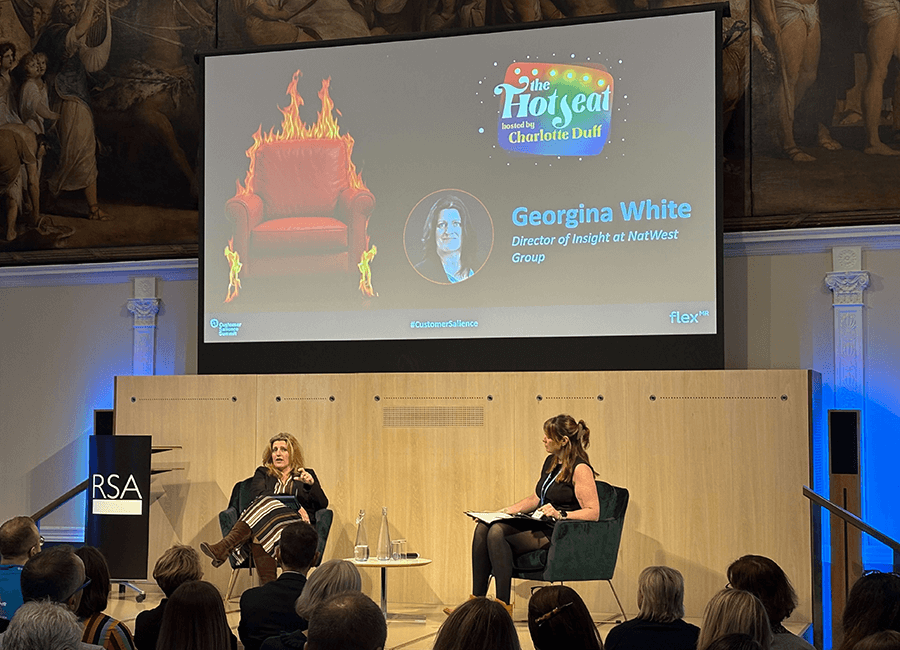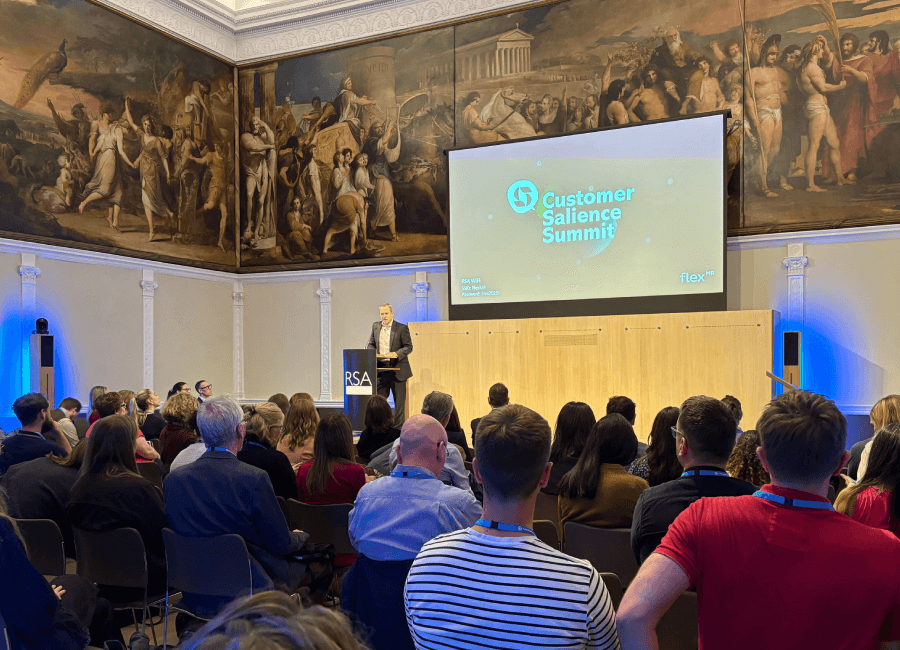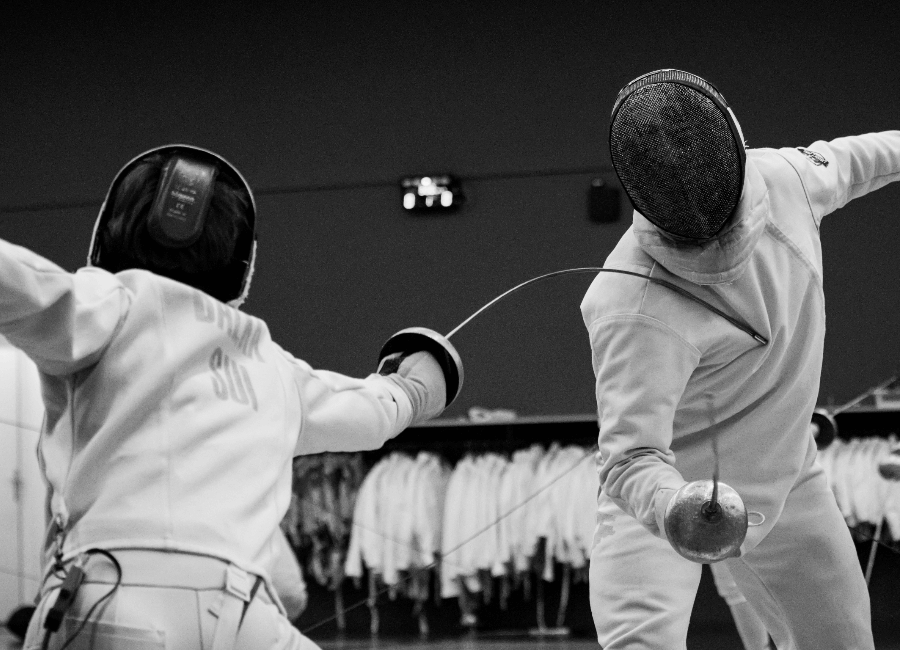Getting the ‘most’ or the best out of your insight team is an obvious priority for an insights agency or any company that has an in-house resource. However, before we get in any further, I believe that the framing of ‘most’ requires careful consideration.
Framing ‘most’ as purely quantity of output is a dangerous route for 3 key reasons:
- Quality of output is likely to drop if there is an emphasis on quantity.
- Staff wellness suffers when ‘most’ is simply a marker of productivity, and staff who feel less ‘well’ and supported do not produce their best work (either in terms of quality or quantity).
- Fostering a reputation for the quick turnaround of mediocre work will lower the perception of your services and place you in a ‘bargain bucket’ bracket where you’ll need to compete with the lowest prices.
This isn’t to say that quantity of output shouldn’t be a key consideration. Clients are working to tight deadlines and need to be assured that their choice of insight supplier or team can deliver on time, every time. A research team also needs to be able to deliver the level of quantity required to meet its obligations to all clients.
That said, getting the ‘most’ out of a team must, for me, mean empowering your researchers to feel supported, well, and appreciated. This includes time for training, flexible approaches to work hours, and robust structures to support wellness and inclusion.
A happy team produces the best work, both in terms of quantity and quality. This question is also a key consideration for research suppliers and buyers. Are you asking a supplier or insight team to work to consistently unrealistic deadlines? If so, I’d recommend you start to question the validity of your insights, because corners are being cut somewhere along the way to meet this unrealistic deadline.
| Tweet This | |
| Empowering researchers is the key to getting the best out of your insights team, whether they're in-house or agency-side, a happy team produces the best insights. |
Meeting the Needs of the Team
It’s significant to start this section with a caveat: You can’t make your approach and structures work for everyone. In the same way as a team member is not always the best fit for the company, it’s important to remember that the company is not always going to be the best fit for the team member. If a member of your team isn’t doing well, isn’t producing good work, and isn’t happy, this could well be a case of bad fit; support that team member as much as you can, and that includes letting them know if you feel you aren’t going to be able to give them what they need to flourish.
That said, a great approach is an evolving one, but some successful foundational groundwork includes:
- Give team members ownership of their work
- Develop flexible working structures that allow team members to do their work when they work best
- Ingrain a supportive structure, giving researchers the opportunity to discuss their work with others
- Provide opportunities for training and learning
- If insight teams work over their contracted hours for any reason, do something, don’t just make this part of an ‘above and beyond’ ethos.
Give the Team Ownership of Their Work
As much as possible, give researchers the opportunity to work end-to-end on projects. This includes working with (and facing) clients. While junior researchers will need training and guidance to work like this, a sense of ownership can be important in instilling pride in one’s work.
Understanding why and for whom work is being done will not only give researchers a clarified view of purpose and client need, thus increasing quality, it’ll also give them a boost to their experience and CV to help them progress in the industry. ‘Bunkered’ insight experts, detached from the client and from the wider projects, have less opportunity to grow and less engagement with their own work.
Flexible Working Structures and Avoiding Over-Work
Structure is important. Many individuals prefer a clear working day and it’s important that flexibility has a clear basis to work from. There is another key caveat here: ‘Flexibility’ can become part of a fairly toxic paradigm if not properly moderated and managed. Office working, and finishing at 5pm, has a clear ‘end’ to the day. Flexible and remote working doesn’t have this clear break from the working day. Giving insight teams flexibility should not be an excuse to create an expectation of routinely working unpaid and unacknowledged overtime.
However, providing flexibility in both location and hours can also allow team members to do their best work at their best times. For example:
- I tend to work remotely as a rule, other than FlexMR’s two office days a month. On days where I want a change of scenery, though, or my wife is working from home and needs to have sensitive or difficult phone calls in the house, or is just sick of the sound of my voice on calls 5-6 hours a day, I can work in the office to provide that space.
- My set working hours are 08:30 to 17:00 with a break for lunch. However, I have a tendency to finish up more ‘concentration required’ tasks in the early morning or evening when I can focus. This means I regularly start at 8, or do some work between 17:30 and 18:00, but I routinely take an hour at lunch to go and walk my dog.
- I have ADHD, and while I have good systems in place to make sure I can usually concentrate on tasks, there are times that I just can’t get anything done on the tasks I need to work on. At these times I’ll just get away from my PC and go for a walk, play a game or similar, and then get back to it. That half hour of getting away from my desk means I work twice as well for the following couple of hours, making me much more productive, and happier, overall.
All team members will have a particular structure that works best for them. There will also be times when you simply have to resource a project or projects that take more time than you have. At these times, no one should never be over-working. Check in with your team. If they feel they will have to work overtime, make sure there is a facility to take this time back, or pay them for the extra hours.
Be strict with this too: A team member who is working 50 hours a week, but not telling you about it, is a team member who will burn out and is a sign that you’re neither resourcing your team effectively or making your expectations clear. Burnout and staff turnover are a huge issue in the market research industry and just taking this as ‘how things are’ is detrimental to the success of everyone within this insights team.
Ingrain a Supportive Structure
Give researchers the opportunity to discuss their work with others. No matter how junior or senior, researchers need others to bounce off. Our Head of Insight, Charlotte Duff, said to me on a call today that ‘research is never a 1-person job’ and that is a really valuable point to make.
Team calls, project calls, ad-hoc discussions, and so on, are vital not just for the individual but for the quality of the product and for the synergy of the team. I also encourage our team to talk about the research with clients as much as the client is willing. The best insights come out of discussion and collaboration.
At FlexMR, each of our projects has a research lead and a ‘senior’ support. This support doesn’t necessarily need to be ‘senior’, though – even Charlotte has a support on projects just to make sure there is someone to talk to about the work.
| Tweet This | |
| From implementing flexible working structures to embracing diversity and sustainability, there are many ways to help get the most out of your insights team. |
Provide Opportunities for Training and Learning
Ingraining a culture of shadowing, mentoring and CPD is a big ask but can have great results. I struggle to get our research team to take their 2 hours of CPD a week because when someone is free, they prefer to help others with their work.
However, training and learning are vital not only for improving skillsets but also for ensuring each team member feels like they are growing and pushing towards objectives that are tied to role and salary progression.
Embracing Diversity and Sustainability
The case for inclusion and diversity should, I hope, be clear to all readers and does not need a deep-dive here. If you do not value diversity within your team either ethically or as a key driver for representation and creativity, I’d argue you’re in the wrong industry.
Further to this point though is encouraging diversity of thought. Every company has a set of guidelines and best practice, and this is necessary for the company to forge a quality of standard and an identity. However, a manager needs to be open to this standard and best practice being challenged by team members.
Best practice should be open to evolution and the strongest drivers for this are firstly from new starters, and secondly from keeping an open ear and open mind to suggestions from your team who will have had a variety of backgrounds and experiences. Embracing diversity should be a base-line requirements for managing a business ethically; listening and adapting best practice to make the most of this diversity is a base-line for growth and success.
The overarching message here is that, when treated well, the team you’ve hired will produce much better work and will be able to work sustainably. As a sector we advocate putting the human consumer at the centre of our research focus, we should be matching that by putting the human researcher at the centre of our business management.


















